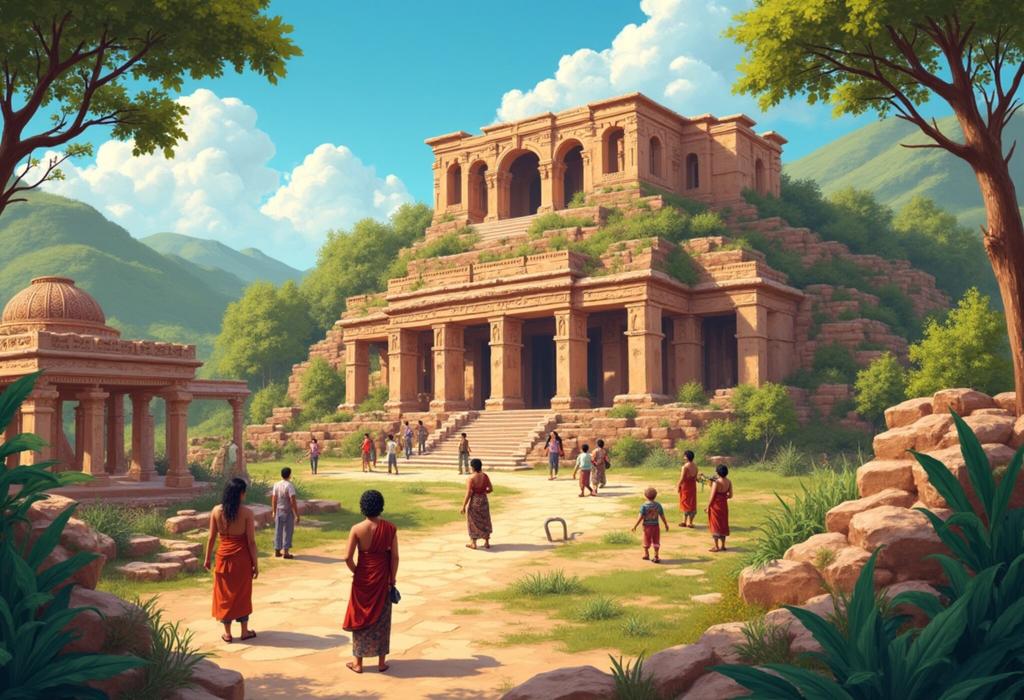For more details on this content, please review the step-by-step guide and frequently asked questions.
The Wonders of the Colosseum: A Historic Arena

Step-by-Step Guide
Understanding the History of the Colosseum
The Colosseum, also known as the Flavian Amphitheatre, began construction in AD 70-72 under Emperor Vespasian and was completed in AD 80 by his son Titus. It was built to host gladiatorial games and public spectacles, which exemplified the grandeur of the Roman Empire.
Exploring the Architecture
The Colosseum measures 189 meters in length, 156 meters in width, and stands 50 meters high. Its design features an elaborate system of arches and vaults made primarily from travertine limestone, concrete, and tuff, showcasing the advanced engineering of ancient Rome.
Understanding the Purpose of the Colosseum
The Colosseum was primarily used for gladiatorial contests, animal hunts, and mock sea battles. It could hold up to 80,000 spectators, who were entertained by spectacles designed to showcase the power and technological advancements of the Roman Empire.
Analyzing the Symbolism of the Colosseum
The Colosseum symbolizes the ancient grandeur of Rome and represents the architectural and engineering prowess of the Roman Empire. It also highlights the complex social structure of Roman society, where entertainment varied widely across different classes.
Visiting the Colosseum Today
Today, the Colosseum is a UNESCO World Heritage Site and a major tourist attraction. Visitors can explore the ruins, learn about its history through guided tours, and witness cultural events held in and around the monument, preserving its historical legacy.
Unraveling the Myths Associated with the Colosseum
Throughout its history, the Colosseum has been surrounded by numerous myths and legends, including the notion that Christians were thrown to lions. It's essential to separate fact from fiction to understand the true history of this monumental structure.
Preservation Efforts
Due to natural erosion and human interference, several preservation efforts have been implemented aimed at restoring and maintaining the Colosseum's structural integrity. Conservation projects help to ensure this historic monument remains intact for future generations to enjoy.
The Cultural Impact of the Colosseum
The Colosseum has significantly influenced modern architecture, literature, and art. Its image appears in countless works, reflecting the fascination with Roman culture and the legacy of gladiatorial games in popular entertainment.
Learning About Gladiators
Understanding the gladiators, their lives, training, and the culture surrounding them is crucial to appreciating the significance of the Colosseum. These fighters, often slaves or prisoners of war, were trained in special schools and fought for their freedom and glory.
Experiencing the Atmosphere
To truly appreciate the Colosseum, one should take time to absorb the atmosphere. Visiting during various times of the day can provide different perspectives, from the tumult of tourist crowds to quiet moments that invite reflection on its historical significance.








